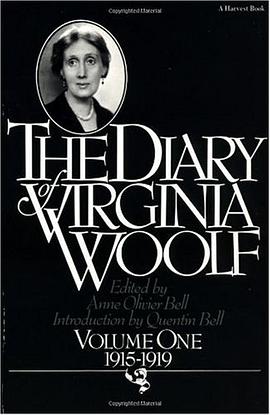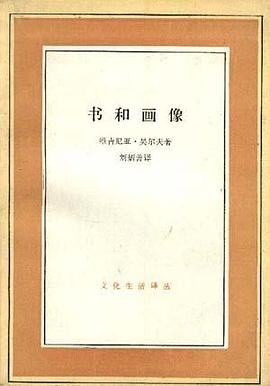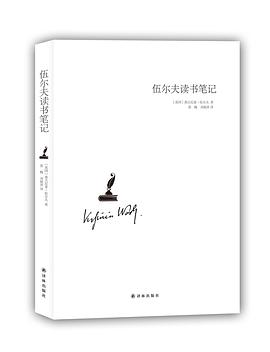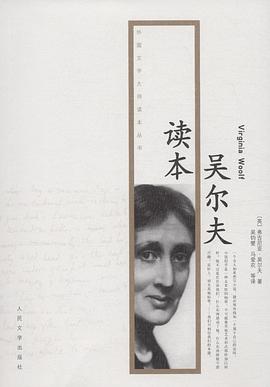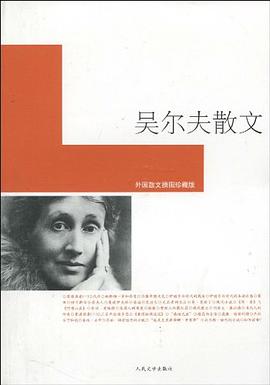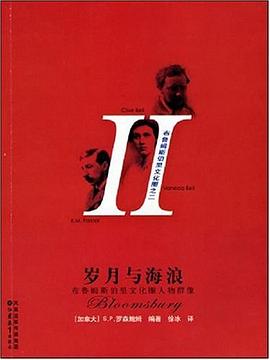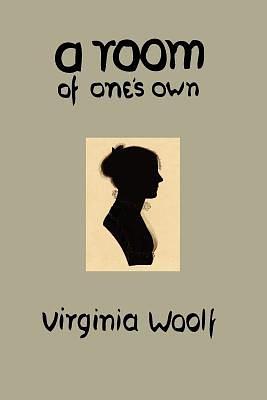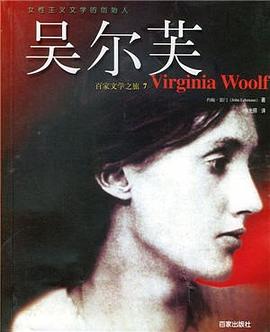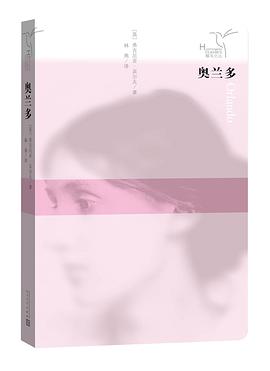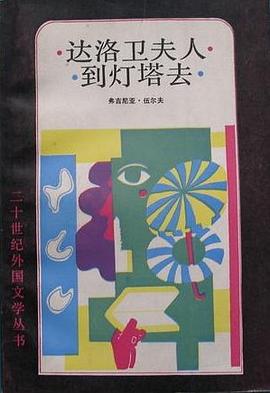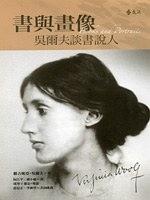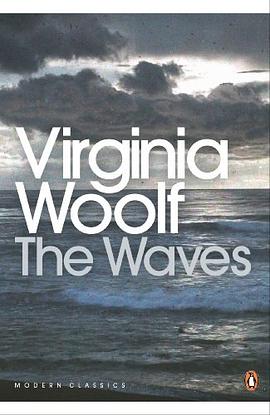

具體描述
The Waves, more than any of Virginia Woolf's novels, conveys the complexities of human experience. Tracing the lives of a group of friends, The Waves follows their development from childhood to youth and middle age.
While social events, individual achievements and disappointments form its narrative, the novel is most remarkable for the rich poetic language that conveys the inner life of its characters: their aspirations, their triumphs and regrets, their awareness of unity and isolation. Separately and together, they query the relationship of past to present, and the meaning of life itself.
著者簡介
Virginia Woolf is now recognized as a major twentieth-century author, a great novelist and essayist and a key figure in literary history as a feminist and a modernist. Born in 1882, she was the daughter of the editor and critic Leslie Stephen, and suffered a traumatic adolescence after the deaths of her mother, in 1895, and her step-sister Stella, in 1897, leaving her subject to breakdowns for the rest of her life. Her father died in 1904 and two years later her favourite brother Thoby died suddenly of typhoid.
With her sister, the painter Vanessa Bell, she was drawn into the company of writers and artists such as Lytton Strachey and Roger Fry, later known as the Bloomsbury Group. Among them she met Leonard Woolf, whom she married in 1912, and together they founded the Hogarth Press in 1917, which was to publish the work of T. S. Eliot, E. M. Forster and Katherine Mansfield as well as the earliest translations of Freud. Woolf lived an energetic life among friends and family, reviewing and writing, and dividing her time between London and the Sussex Downs. In 1941, fearing another attack of mental illness, she drowned herself.
Her first novel, The Voyage Out, appeared in 1915, and she then worked through the transitional Night and Day (1919) to the highly experimental and impressionistic Jacob’s Room (1922). From then on her fiction became a series of brilliant and extraordinarily varied experiments, each one searching for a fresh way of presenting the relationship between individual lives and the forces of society and history. She was particularly concerned with women’s experience, not only in her novels but also in her essays and her two books of feminist polemic, A Room of One’s Own (1929) and Three Guineas (1938).
Her major novels include Mrs Dalloway (1925), the historical fantasy Orlando (1928), written for Vita Sackville-West, the extraordinarily poetic vision of The Waves (1931), the family saga of The Years (1937), and Between the Acts (1941). All these are published by Penguin, as are her Diaries, Volumes I-V, and selections from her essays and short stories.
圖書目錄
讀後感
一周时间将爱不释手的《海浪》读完。期初感觉艰涩难懂,拗口不适,也许是因为初次细品意识流小说,总是被那凌乱分散的描写分心走神。但当我偶尔触碰到了一两个触动人心,产生极大共鸣的句子,倏然就会被伍尔夫那细腻透彻的笔触所吸引。 她可以将我曾朦胧感触到的,却无法用语...
評分在待了多年的学校论坛,书版,有一位我很喜爱的网友。她迟迟没有结婚,在追寻自己的事情。我向她建议要学会接受庸常的生活,接受一个面目平庸的陌生男子。我以为这些就是真理的所在。直到我在这里看到伍尔夫所做的事——这些文字,在被平庸生活包裹的人一亿年也鲜能写出。 这些...
評分【讀書筆記】《海浪》——海浪拍岸聲聲碎 佛吉尼亞 伍爾芙/著 曹元勇/譯 “它屬於詩的世界,但又迷戀于另一個世界,她總是從她那著了魔的詩歌之樹上伸出手臂,從匆匆流過的日常生活的溪流中抓住一些碎片,從這些碎片中,她創造出一部部小說。……這就是她的問題所在:她是一...
評分六个青年 六个个性 六种人生 一部小说 却没有任何描写 只有对话 海浪里营造的气氛 不是每个人都可以做到的 音乐性极强 实验性极强TVT
評分「每週的日子在其中,」苏珊说:「星期一、星期二、星期三;马儿到田野去,然后马儿回来;山乌上升、降落,在它们网中捕捉榆树,不论是四月或是十一月」 我终于阅读了这本维吉尼亚‧吴尔芙《海浪》。我想我提过她,因为许多次不经意看人提起她,提起她的名言,提起她的《奥...
用戶評價
Wave is a very apt metaphor for both its theme and the reading experience. It is truth on another dimension---beyond the articulate, the linear, and the rational. The book (be warned, it's not a novel) is a challenge. It is such a genre-defying work that I don't see myself a competent judge, if a judge at all.
评分pure poetry
评分embroidery of voices woven with threads of textile, lines of thought, and fibres of waves
评分一直麼標
评分How describe the world seen without a self?
相關圖書
本站所有內容均為互聯網搜索引擎提供的公開搜索信息,本站不存儲任何數據與內容,任何內容與數據均與本站無關,如有需要請聯繫相關搜索引擎包括但不限於百度,google,bing,sogou 等
© 2025 book.quotespace.org All Rights Reserved. 小美書屋 版权所有



